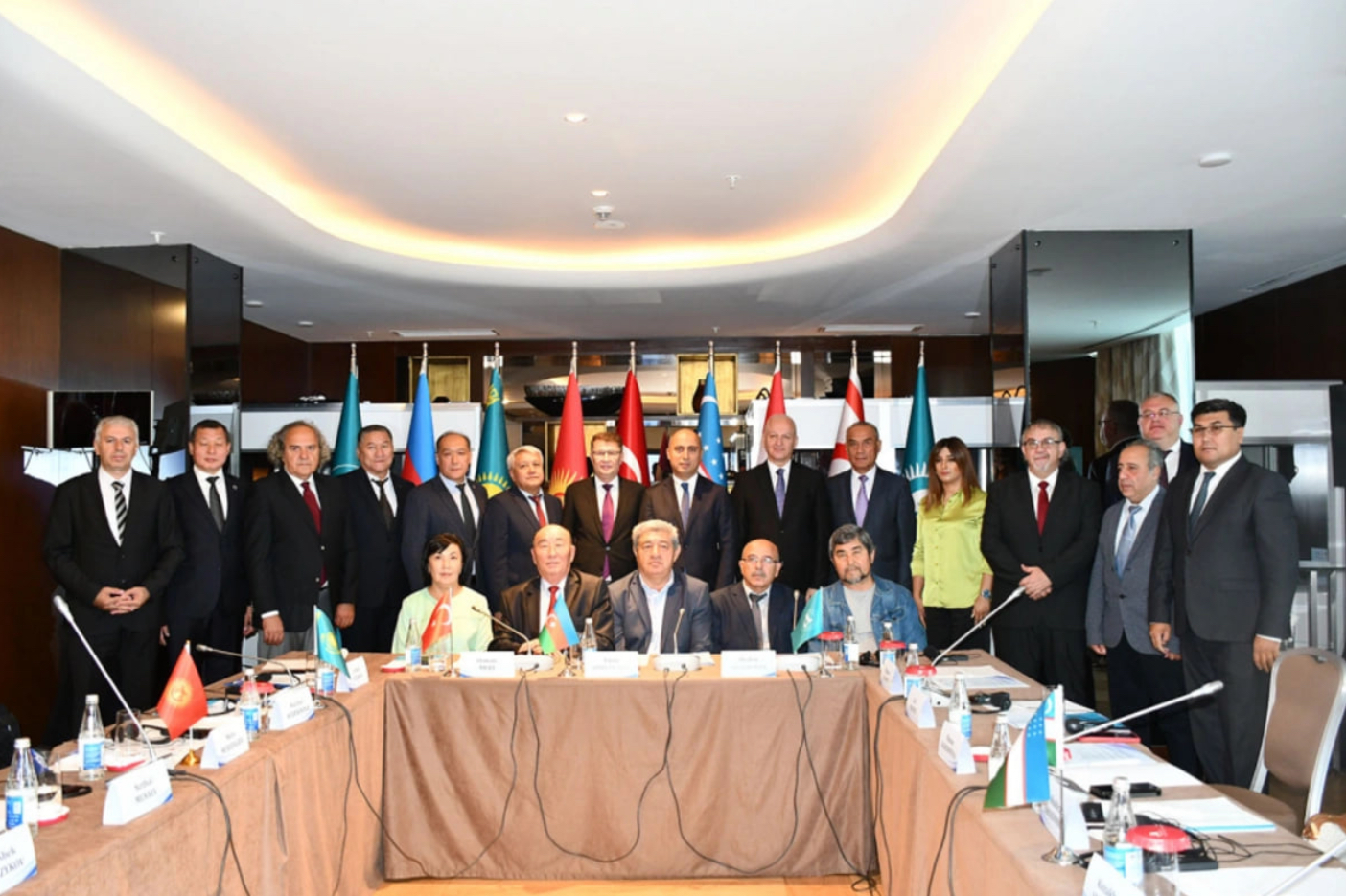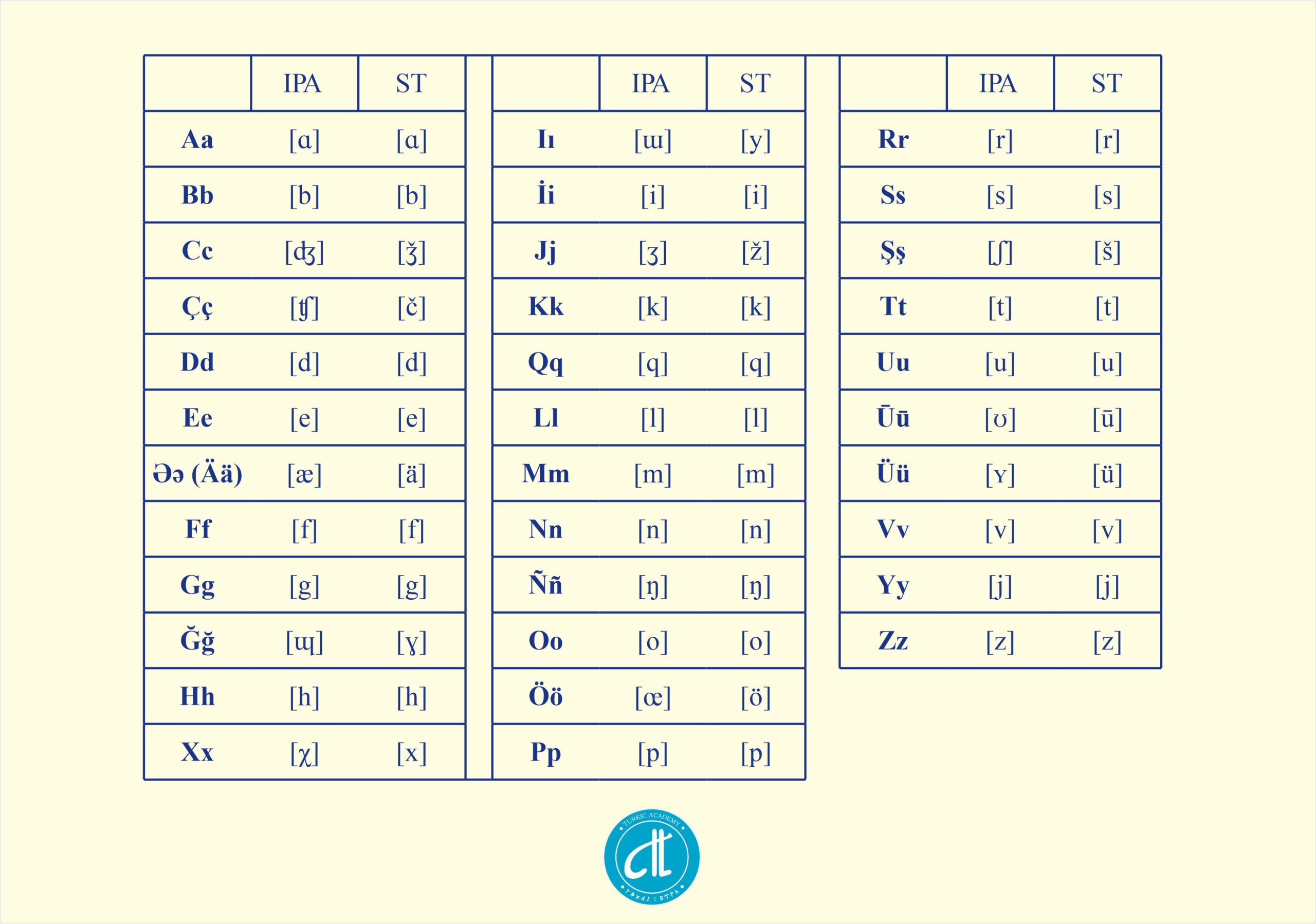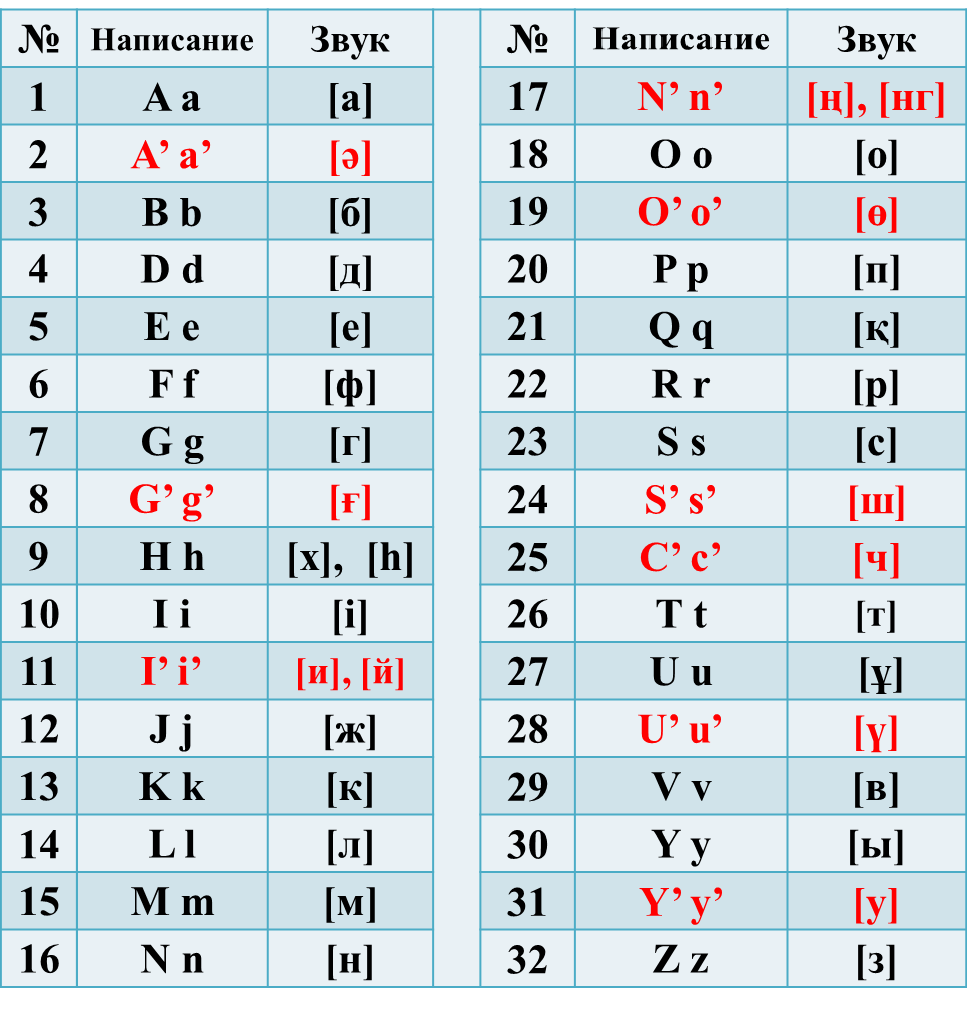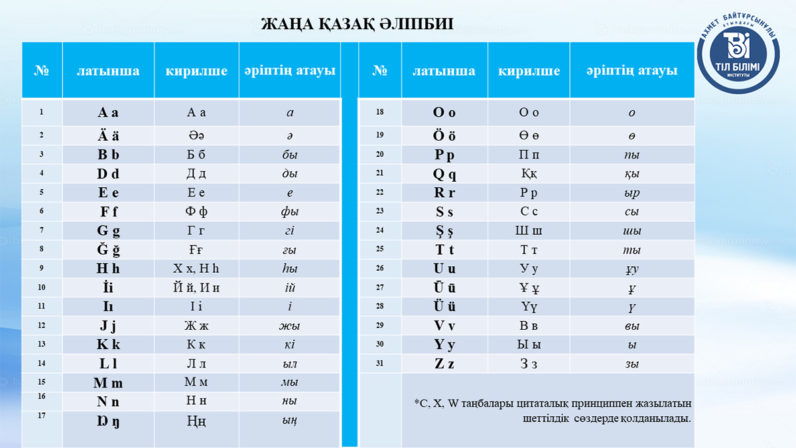ASTANA—The Organization of Turkic States (OTS) approved a 34-letter Latin-based common alphabet on Sept. 11 to foster linguistic unity among Turkic nations. This historic decision revives a decades-old initiative to unify Turkic languages, enhance cultural ties, and simplify written communication across member nations.

Turkic World Common Alphabet Commission meeting held on Sept. 9-11 in Baku, Azerbaijan. Photo credit: Turkic Academy
The Turkic Academy, which coordinated the Latin-based Common Turkic Alphabet project, published the Declaration on Common Turkic Alphabet on Sept.16, following the Turkic World Common Alphabet Commission meeting held on Sept. 9-11 in Baku, Azerbaijan.
To develop a unified alphabet, the OTS established a special commission that included two representatives from each member country’s language policy department.
“The successful conclusion of this meeting is of historic importance. The development of the Common Turkic Alphabet promotes mutual understanding and cooperation among the Turkic peoples while preserving their linguistic heritage,” said the Turkic Academy in a statement.

Common Turkic Alphabet adopted in 2024. Photo credit: turkicacademy.org
The academy was established under the OTS in 2012 to coordinate scientific research on the Turkic people’s language, literature, culture and history. The academy unites Azerbaijan, Kazakhstan, the Kyrgyz Republic and Türkiye, with Hungary and Uzbekistan holding observer status, to evaluate the Turkic civilization’s contribution to humanity.
“Our gathering aimed to further our collective efforts in agreeing on a common alphabet for Turkic languages, enhancing communication and cultural and educational exchange among Turkic nations,” reads the declaration.
The commission reviewed the 34-letter Latin-based alphabet proposed in 1991, accommodating the phonetic diversity of Turkic languages. Following meetings in Astana on May 29, 2023, and Baku on May 6, 2024, the commission finalized the alphabet, incorporating special characters to represent sounds not found in the basic Latin alphabet.
Adaptability of the Common Turkic Alphabet across languages
In an interview with Tengrinews, Professor Kuralai Kuderinova, a representative from the Baitursynov Institute of Linguistics and Doctor of Philology, noted that the Common Turkic Alphabet does not imply using all 34 letters in all languages.
Each country will use only those letters corresponding to its language’s sounds. For example, letters such as ‘c’ and ‘j’ from the general alphabet will only be used in languages that have sounds such as [ʤ] and [ȝ] (international phonetic alphabet). One of these letters is enough for the Kazakh language, while the Turkish needs both.
“The Latin-based Common Turkic Alphabet provides a base, allowing each country to adapt it to its national characteristics,” said Kuderinova.
“The Turkic people speak the same way but write differently,” she added, citing Eldos Omarov, publicist, teacher, and translator of the 19th-20th century.
Kuderinova also noted that despite many similarities in Turkic languages–grouped into the Oguz, Kipchak, and Karluk branches–differences in spelling have created barriers.
“For example, Kazakh is closely related to Karakalpak, Nogai, Bashkir, and Tatar, but differences in spelling hinder mutual comprehension. A common alphabet will simplify understanding written texts in these closely related languages,” she said.
A historical perspective of the Kazakh language and Turkic alphabet
The history of the Kazakh language and its alphabet is deeply rooted in the evolution of Turkic scripts. The earliest known written records of Turkic languages date back to the sixth century, using the Old Turkic script, often referred to as the Orkhon-Yenisei script.
Between the 5th and 15th centuries, the Turkic language served as a means of interethnic communication throughout Eurasia, with official documents and international correspondence in regions like the Golden Horde conducted primarily in Turkic.

Kazakhstan initiates its transition to the Latin alphabet in October 2017, proposing a 32-letter script. Photo credit: Tengrinews
With the spread of Islam into Central Asia, the Arabic script began to dominate as the medium for writing Turkic languages, including Kazakh. Arabic script was used on Kazakhstan’s territory for nearly 900 years, from the 10th to the 20th century. In 1929, as part of a broader Soviet effort to modernize and secularize its constituent republics, the Kazakh language transitioned to the Latin alphabet under Soviet rule.
However, in 1940, the Soviet Union enforced a switch to the Cyrillic alphabet across Central Asian republics, including Kazakhstan.
Revival of a unified script
The idea of a common Turkic alphabet was revived at the 1991 Symposium on Modern Alphabets of Turkic Countries in Istanbul. Scientists and literary critics from Azerbaijan, Kazakhstan, the Kyrgyz Republic, Türkiye, and Uzbekistan joined forces to create a unified written language for all Turkic peoples. Based on Latin characters, this alphabet aimed to promote understanding and foster cultural and literary exchange.
Several countries have made significant strides toward reviving the Latin-based alphabet, with the goal of reconnecting with their Turkic roots, facilitating cultural and linguistic ties among Turkic-speaking nations. In December 1991, Azerbaijan became the first country to approve the Latin alphabet, replacing its Cyrillic script. Today, Azerbaijan uses 32 Latin letters. Turkmenistan and Uzbekistan switched to Latin scripts in 1993, followed by Karakalpakstan in 1994, with some exceptions. Each introduced several exceptions.

Kazakhstan reaffirmed its plans, introducing a new version of the Latin-based alphabet consisting of 31 letters in 2021. Photo credit: primeminister.kz
In recent years, Kazakhstan has embarked on an effort to return to the Latin alphabet as part of a broader initiative to modernize and align more with global linguistic trends. The nation initiated its transition to the Latin alphabet in October 2017, proposing a 32-letter script. The plan proposed replacing letters of the Cyrillic alphabet with their Latin equivalents based on phonetic similarities and including nine characters with apostrophes to represent hissing sounds and specific Kazakh vowels.
However, following heated public debate and criticism, Kazakhstan reaffirmed its plans, introducing a new version of the Latin-based alphabet consisting of 31 letters in 2021. The Kazakh government plans to conduct a phased transition until 2031.


